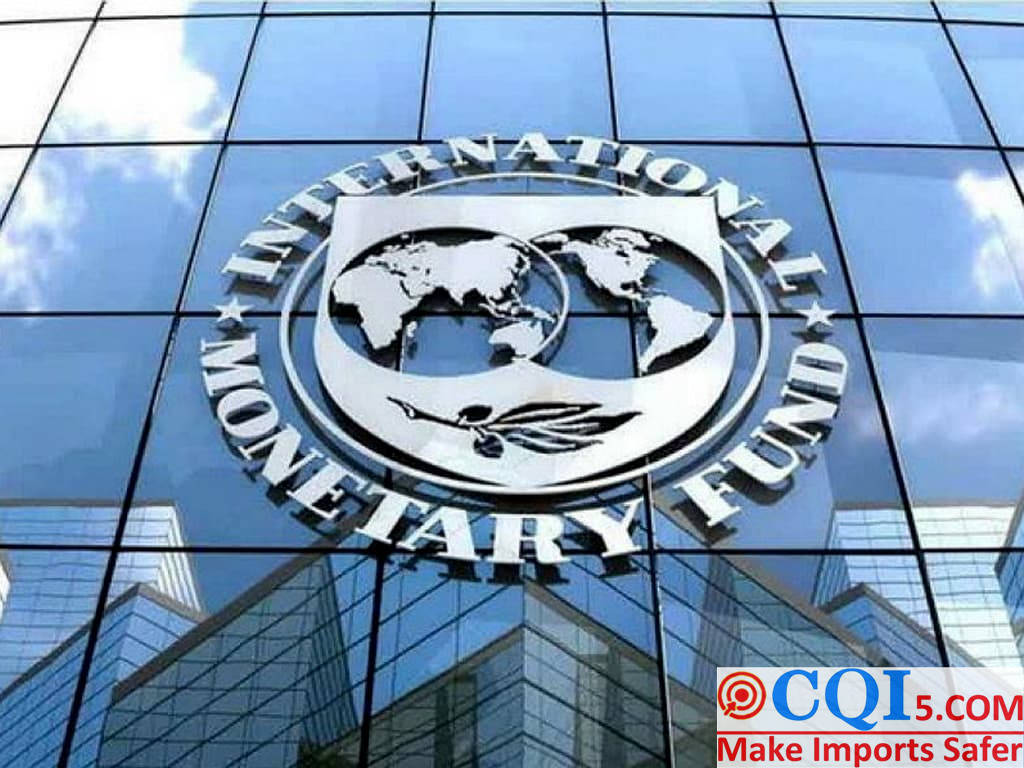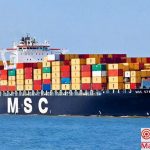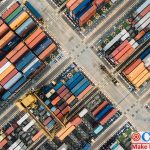Supply Chain Disruption In The United States, What To Do!
The global economy is mired in the “supply chain disruption” quagmire, economic recovery is struggling. The supply chain of the United States disruption is helpless.
The International Monetary Fund (IMF) in the latest issue of the World Economic Outlook released on the 12th, the global economic growth is expected to be lowered to 5.9% in 2021, and the “culprit” is the global supply chain disruptions. Outbreaks in countries that are important links in the global supply chain have led to longer than expected disruptions in the global supply chain and pushed up the severity of inflation in many countries.
The IMF pointed out in the report that the economic outlook for low-income developing countries has become more gloomy, and the recent outlook for developed economies is also more difficult, and these are due in part to supply chain disruptions. the IMF warned that continued supply disruptions could make inflation expectations out of control.
The Impact Of Supply Chain Disruption In The United States
Reuters reported that British Chancellor of the Exchequer Sunac is also calling for the Group of Seven (G7) to join forces to address supply chain disruptions that are hampering economic recovery. Earlier reports show that British Prime Minister Johnson on the desk of the six to-do items, ranked first is the energy shortage brought about by the global gas price spike. And Britons are jittery about the possibility of a Christmas with no gas at the pump and empty supermarket shelves.
Supply chain issues have also been a thorny problem for U.S. President Joe Biden. Bloomberg news on Oct. 12 showed that the White House said in a statement that Biden will speak Wednesday local time after meeting with senior officials and stakeholders to discuss how to solve the problem of bottlenecks in the global transportation supply chain.
The latest reports indicate that the problem of supply chain disruptions is spreading to the U.S. agricultural sector and food production, even making combines “hard to find”. Reuters reports that U.S. farmers use large machines need a variety of parts shortage, suppliers even need to go looking for old parts produced more than a decade ago to meet demand.
Reports mention that U.S. and Asian manufacturing centers have been disrupted by COVID-19 shutdowns, container shortages that have hampered major ports, and a scarcity of labor that has fractured the supply chain, leaving equipment manufacturers unable to take full advantage of this money-making opportunity at a time when grain prices have soared to their highest point in nearly a decade. After reports that supplies of raw materials such as steel, plastics and rubber have been in short supply, and that power shortages have forced several Chinese smelters to cut production in recent weeks, U.S. manufacturers are bracing for an even bigger shock.
The U.S. government set up a supply chain disruption task force in June to try to tackle supply chain disruptions in areas ranging from transportation and food processing to semiconductors, but to little avail. A White House official recently warned that the U.S. public could face rising prices and some empty shelves during Christmas this year.
What Is The U.S. Contingency For Supply Chain Disruptions?
According to the survey, compared with the current rising consumer demand, the inventory of finished goods in Europe and the United States has reached the lowest level since the data was recorded. Unsurprisingly, consumer price inflation remains at a high level, with CPI growth in the U.S. and Eurozone reaching 5.3% and 3.4% year-over-year respectively, both the highest levels in more than a decade.
In addition to the epidemic, a natural disaster factor causing supply chain disruptions, human factors have also increased the level of supply chain disruptions. The Wall Street Journal reports that many U.S. companies are blaming the current U.S. administration’s trade policies with China, that some importers cannot find cost-effective alternatives to Chinese products, and that U.S. trade policies are failing to provide the tariff relief they expect. Companies voicing such complaints range from those that rely on Chinese electronic components and other parts to make goods to retailers that import shoes and dresses from China.
The report said that the U.S. apparel industry relies almost entirely on imports, and the largest amount of imports from China. More than two-thirds of U.S. shoe imports come from China. Meanwhile, manufacturers also import a variety of metals, chemicals, semiconductor chips and other products from China and then produce the goods in U.S. factories. Responding to complaints from domestic businesses, the Office of the U.S. Trade Representative will launch an assessment on Tuesday to gauge whether tariffs on China are causing serious damage to U.S. businesses, jobs and key supply chains.
One of the central aims of the crackdown on Chinese trade and economy under former U.S. President Donald Trump was to drive the industrial chain back to the United States. But this effort declared failure in the escalating bilateral trade between the United States and China. The Wall Street Journal also noted in its report that “the hardest part is bringing the U.S. industrial supply chain back home. The events of the past year have shown how indispensable China is to global manufacturing. Despite tariffs, epidemics and other disruptions, few U.S. companies have moved their operations back home.”
Founder and CEO of the logistics company Zhong Zhechao said in an interview with the Global Times that the global shipping problem is still severe and there is no sign of improvement, and the global supply chain will still be in the midst of distress. Zhong Zhechao extended the pessimistic expectation of international shipping problems to 2022 and even 2023. Zhong Zhechao said that Coca-Cola, Wal-Mart and other international giants are renting ships for transportation, which shows their pessimistic attitude towards international shipping. Zhong Zhechao said that the global supply chain is in a vicious circle of underproduction coupled with transportation chaos, which cannot be clarified in a short time. Huo Jianguo, vice president of the China World Trade Organization Research Association, argued in an interview with the Global Times that the U.S. is not to blame for the chaos in the global supply chain and the U.S.’s indiscriminate tariff increase and unauthorized trade war. Because, this kind of tariff burden out of thin air undoubtedly disrupted the rhythm of operation of Chinese and American exporters and importers. Huo believes that the United States should start from the trend of economic globalization and integration, and properly handle the economic and trade relations between China and the United States.
CQI5 is committed to providing importers worldwide with product quality inspection services that far exceed those of our peers. If you are planning to import or have imported from China or Southeast Asian countries, please contact us cs’@’cqipro.com to learn more about how we can make your imports safer.
Disclaimer:
CQI5 article information from the Internet and contributions, the copyright of which belongs to the original author, and only represents the views of the original author. This website is only responsible for sorting out, typesetting and editing the articles, reproduced for the purpose of spreading more information, does not imply that it endorses its views or proves the truthfulness, completeness and accuracy of its content, and therefore does not assume any legal responsibility.
The information contained in this article is for reference only and is not intended as direct advice for decision-making.
If we inadvertently violate your copyright, please inform us, after verification, we will immediately correct or delete the content according to the requirements of the copyright holder, thank you! Contact, email: copyright@cqipro.com
This website has the final right to interpret this statement.
Welcome to reprint, please be sure to keep information complete.






